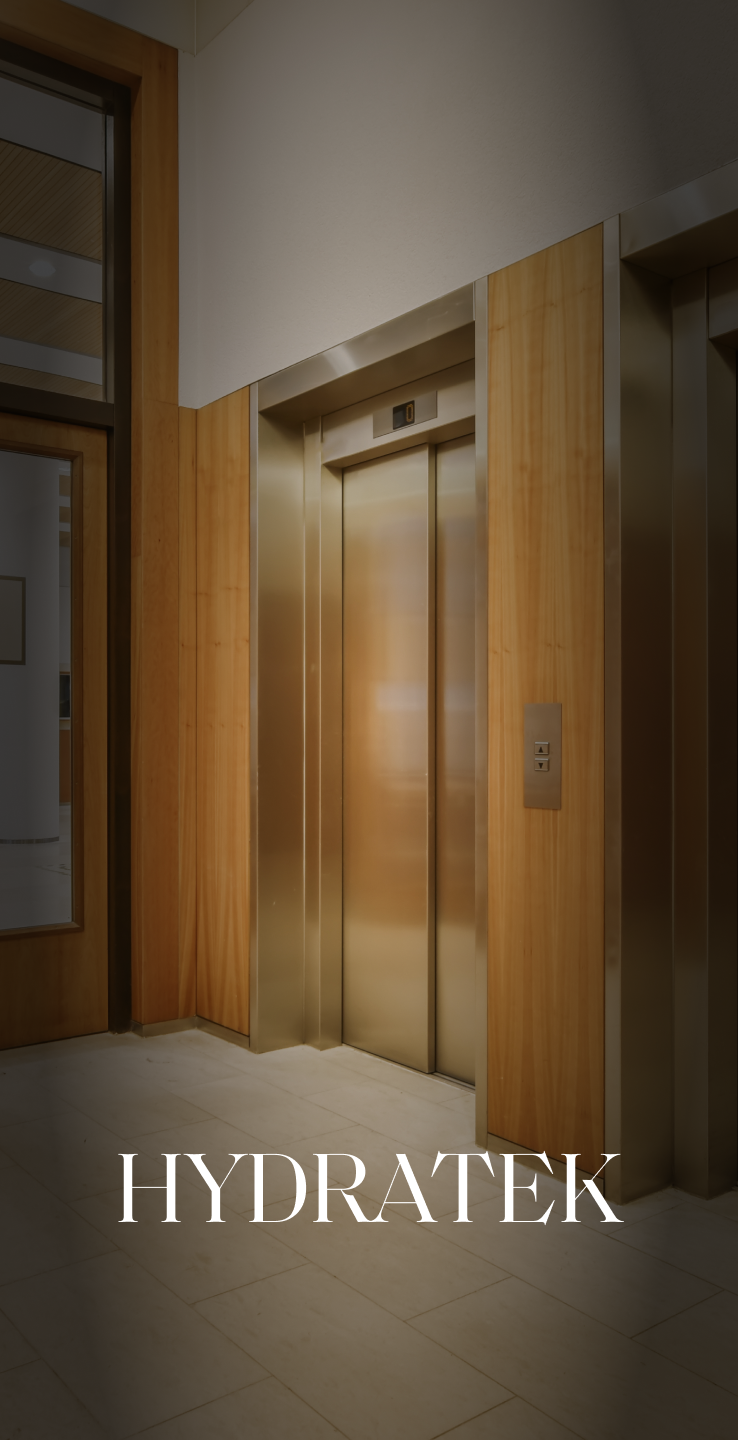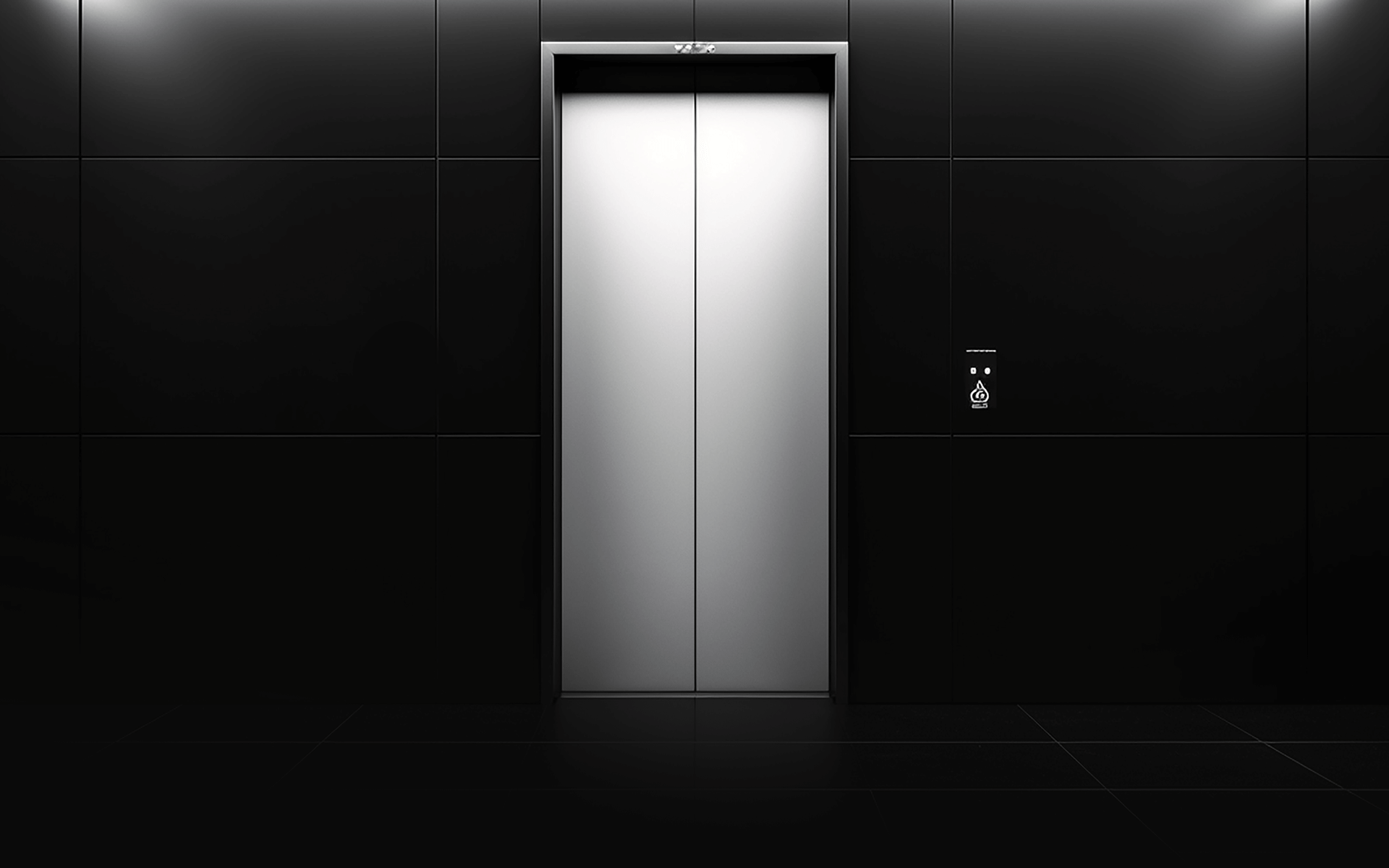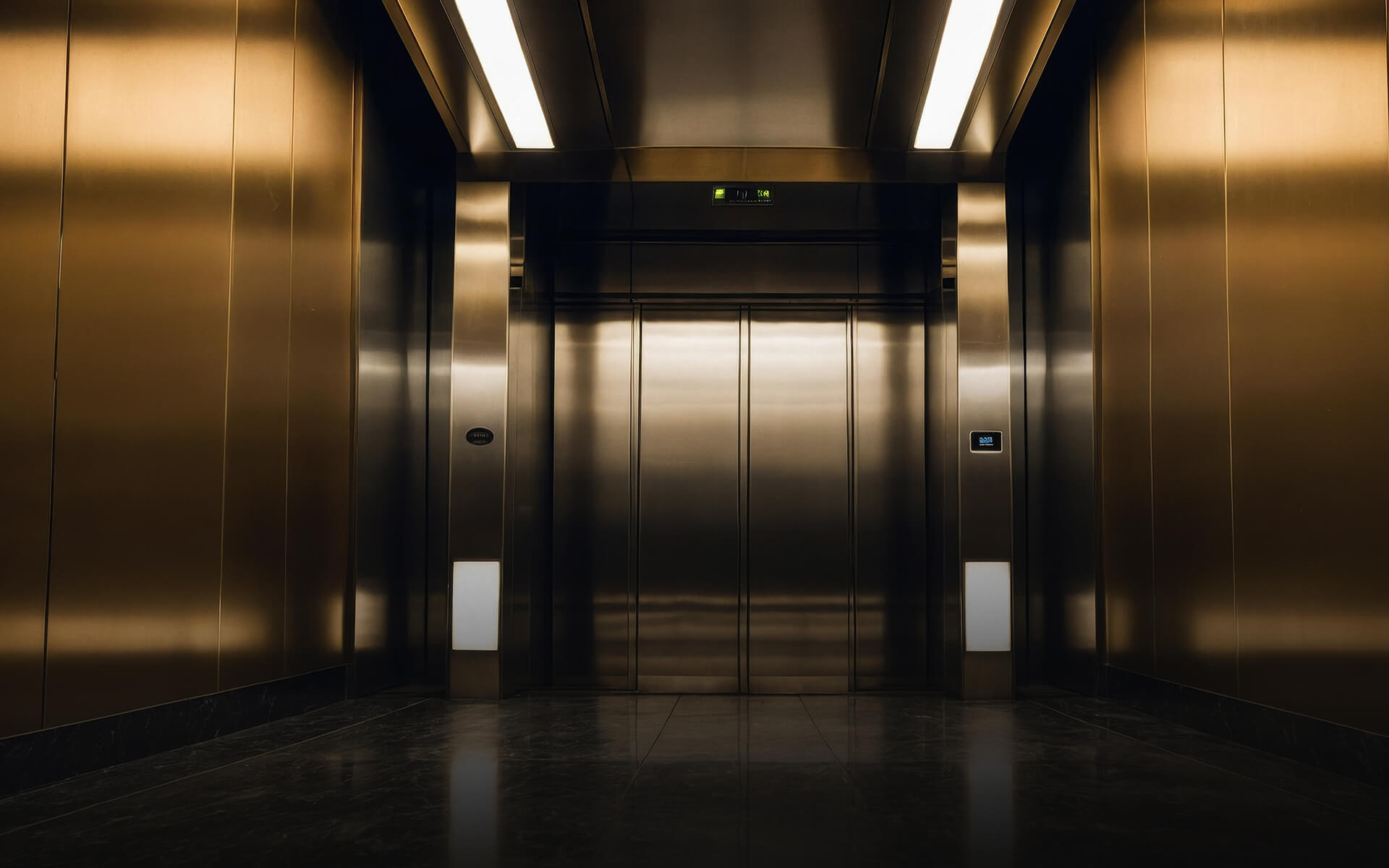Best Elevator Company In Bangalore
WELCOME TO TEKNIX ELEVATORS
UNPARALLELED LUXURY THROUGH A SEAMLESS BLEND OF INNOVATION AND ENGINEERING
In an era of constant evolution and urban sophistication, Teknix stands as a beacon for those who aspire to excellence and remarkable achievements in vertical transportation.
Quality Excellence
Quality is the foundation of our business and we strive to achieve market leadership through superior products and exceptional service.
Safety & Reliability
Using the latest technology, each product undergoes vigorous testing in order to reach all the safety norms which has been our prime goal.
Innovative Thinking
Our handpicked team of qualified, technically competent and talented engineers with vast knowledge bring out latest innovations.
Teknix
Elevating the Future of Vertical Transportation
At Teknix, we are redefining the standards of vertical transportation with a visionary approach that seamlessly blends cutting-edge innovation and enduring values. In partnership with SRH Aufzüge GmbH, we design and deliver luxury elevators that go beyond mere utility. Each Teknix elevator enhances spaces and enriches lifestyles, embodying our unwavering commitment to excellence, sophistication, and unmatched quality.
Where Craftsmanship Meets Innovation
Every Teknix elevator exemplifies meticulous engineering and innovation, whether it's a bespoke design or a part of our vertical transportation portfolio. Our dedicated in-house R & D team ensures reliability, elegance, and advanced performance through rigorous testing. Key features of our state-of-the-art manufacturing facilities include:
A 65,000 sq. ft. facility in Bangalore, complemented by over 2,025,000 sq. ft. across Suzhou, China, and Bremen, Germany.
Advanced production lines from Salvagnini, Bodor, Dener, and Amada.
A fully equipped elevator testing tower to uphold the highest safety and performance standards.
Global Expertise, Local Excellence
Partnering with SRH Aufzüge GmbH and backed by global expertise, Teknix is a leader in luxury elevators tailored to the discerning Indian market. Our elevators, capable of speeds up to 8 m/s, set new standards in sophistication and German-engineered precision. As a distinguished member of VFA-Interlift, SRH Axufzüge helps us shape industry standards and redefine experiences. At Teknix, each elevator is an invitation to ascend in style, combining opulence, reliability, and an exceptional commitment to quality. Join us in elevating not just buildings but lifestyles.
Optima
Vertix
Greentek
Hydratek
Villa Matek
Experience
our curated
Elevators
Our Blog

Teknix Elevators: Premier Choice for Residential Lifts in Hyderabad
Teknix Elevators : Elevating commercial elevator companies in Dubai
Lift companies in Dubai, redefine architecture with style
Safety First: Innovations In Elevator Safety Systems In Home Lifts In Dubai
Let us
Connect you
We'll put you in touch with your acclaimed Global Collective™ member.









.png)



